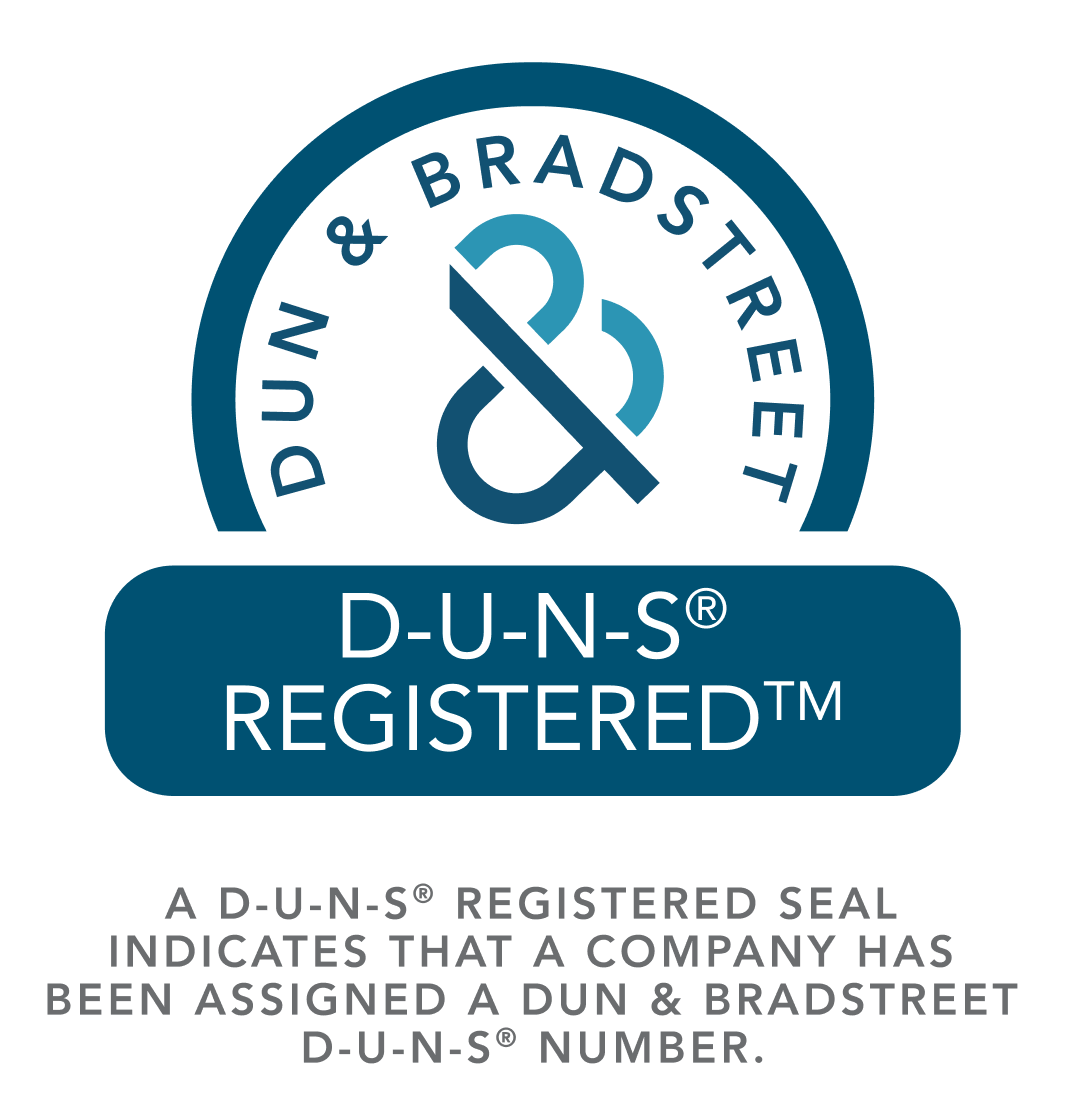
How to Switch to a Consultative Selling Approach in F&I

Anyone who is tasked with selling any kind of product or service is always searching for one thing…the perfect sales strategy. How can I sell more? How do I convince more people to buy from me? What is the best method to connect in a way that they trust me?
There is one selling method that alleviates much of this concern and if executed the right way, profits and CSI will skyrocket. Welcome to Consultative Selling.
What is Consultative Selling (or Solutions Based Selling)?
Simply put, this allows your F&I staff to focus on building a relationship with the buyer and identify solutions to their challenges through a series of open-ended questions and active listening.This method may seem to run counter to everything F&I managers are taught when presenting to a customer. Consultative selling puts you in the position of educator rather than a salesperson. Big difference, better results.
How is it different from traditional selling?
F&I managers for decades have been taught to ‘pitch’ and present all their products all at once (through menu selling or other tactics) in hope that something will stick. There may be a few questions asked here and there but the focus is less on building that rapport and more on getting a commitment for one or more products.Consultative selling is different in almost every way. The customer’s needs come first. You are not ‘pitching’. You are asking well-thought-out questions to uncover opportunities to suggest a product or service that fits solely based on that answer. It’s all about uncovering their needs and effectively getting them to sell themselves.
How do you easily implement a Consultative Sales Strategy?
There are 6 widely accepted steps to a solid consultative sales strategy that easily apply to F&I…
1) Research – Make sure you have as much ‘intel’ as you can get about the customers before they come into the office. Pay attention to details on a credit application, ask the salesperson about what brought them in to buy a car, if the down payment is leaner than most, etc. Any information you get upfront prepares you for everything to come.
2) Ask - Questions that will serve you best will start with ‘Are’, ‘You’, ‘Do’, and ‘Can’. ‘Can you manage a major repair while you are making the payments?’ ‘Do you have insurance policies or other means to handle the car payment if you have to miss work for any reason or if there is an unexpected family emergency?’ You get the point.
3) Listen – This almost should not have to be said but there are still F&I managers out there that still talk more than they listen. Really hear what your customers are saying when they respond without interrupting or overtalking. It will serve you well in most situations to simply stop talking.
4) Teach – Connect closely with your customers when you walk them through the products you offer. Share stories, information of any kind about repair costs, etc. Educate them and you will see that they appreciate the extra knowledge you are sharing with them.
5) Qualify – This is easy to overlook. It makes no sense to offer a product or service that simply doesn’t fit the needs of the customer. Qualifying is simply taking the time to see if they can actually afford the product you are selling and whether or not it is necessary.
6) Close - Once you have executed all these steps and built trust and rapport with your customer, do not be afraid to close. Closing should not be a dirty word. It’s all about reviewing the choices they have made and having them repeat back to you that they feel it’s the right decision for them. Again, the customer is in control and they feel more confident in their decision because they should feel like they came to it, not because you pushed them.
Replace the old ‘Always Be Closing’ with ‘Always Be Listening’ and see how much higher your PVR can grow.

